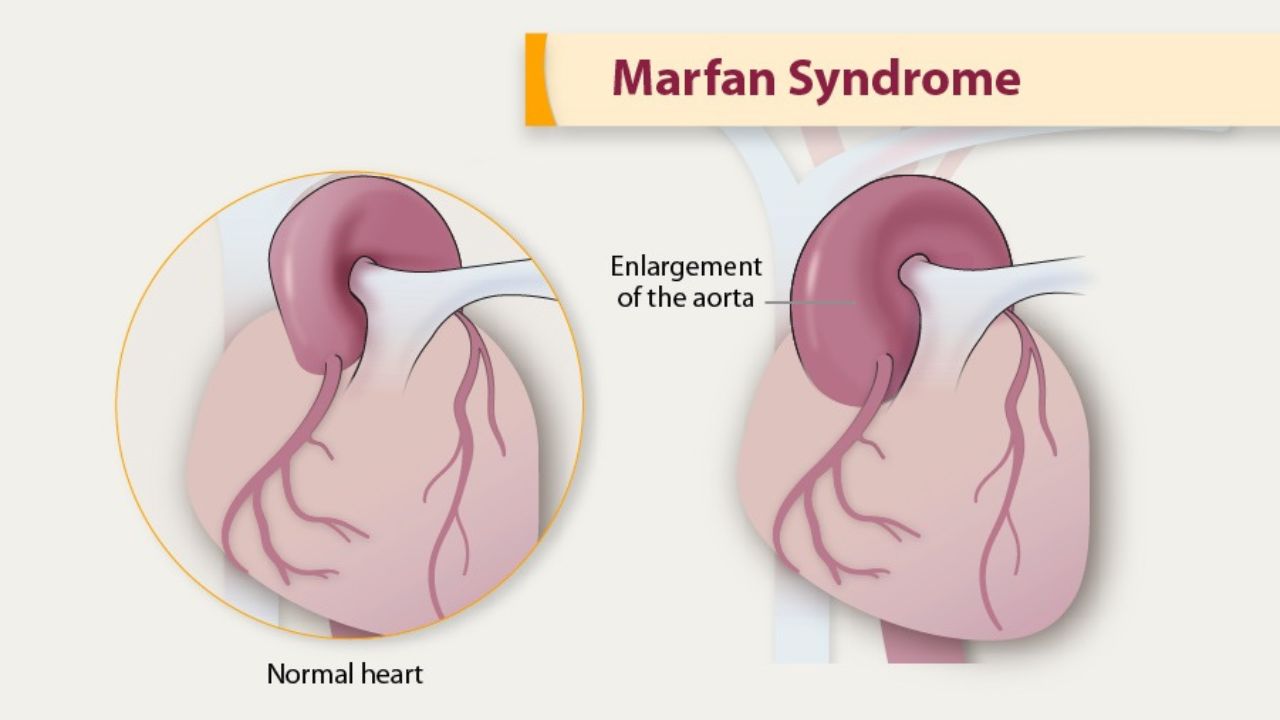Marfan Syndrome Treatment in India
Marfan syndrome is a genetic disorder affecting connective tissue, which supports organs and other body structures. The condition commonly impacts the skeleton, eyes, blood vessels, and heart. In India, treatment for Marfan syndrome typically involves medications to maintain low blood pressure, thus reducing strain on the aorta. Regular monitoring of the condition’s progression is essential, and many patients eventually undergo aortic repair surgery. India’s Marfan syndrome treatment is cost-effective compared to other developed countries. This affordability is due to the expertise of oncologists and surgeons, as well as the advanced medical equipment in top hospitals. The combination of high-quality care and affordable costs makes India a popular destination for treatment.
What is Marfan Syndrome?
Marfan syndrome is a connective tissue disorder. Connective tissue holds the body together and supports various structures. In Marfan syndrome, the connective tissue is abnormal, which affects the eyes, skin, lungs, bones, tendons, cartilage, and blood vessels. Patients often have a tall and thin stature with long arms, legs, fingers, and toes. The severity of Marfan syndrome can vary from mild to severe. Moreover, damage to the aorta, a large blood vessel connecting the heart to the body, can be life-threatening.
Symptoms of Marfan Syndrome
Marfan syndrome symptoms can vary widely, even among family members. Some people have mild symptoms, while others may face severe complications. Common symptoms include:
- Tall and thin build
- Long fingers, arms, and legs
- Protruding or receding breastbone
- High-arched palate and crowded teeth
- Heart murmurs
- Severe nearsightedness
- Curved spine
- Flat feet
Since connective tissue affects various body systems, Marfan syndrome can lead to:
- Physical characteristics
- Dental problems
- Eye issues
- Cardiovascular problems
- Skin and lung changes
If you suspect Marfan syndrome, consult your physician or pediatrician. They may refer you to a specialist for further evaluation.
Causes of Marfan Syndrome
Marfan syndrome is caused by a mutation in the gene responsible for the production of fibrillin and elastic fibers, essential components of connective tissue. This gene is known as fibrillin-1 (FBN1). Typically, the disorder is inherited in an autosomal dominant pattern, meaning one parent with Marfan syndrome can pass it to their children. Each child has a 50% chance of inheriting the condition. In 25% of cases, Marfan syndrome occurs due to a spontaneous gene mutation.
Diagnosis of Marfan Syndrome
Diagnosing Marfan syndrome often requires a team of medical professionals. They will take your medical history, conduct a physical examination for common signs of Marfan syndrome, and inquire about your symptoms and family history. To assess the condition, they may use diagnostic tests such as:
- Chest X-ray to examine the heart
- Electrocardiogram (ECG) to check heart rhythm
- Echocardiography to identify heart valve issues, ventricular enlargement, aortic enlargement, dissections, or aneurysms
If a dissection is suspected or if an echocardiography does not provide a complete view of the aorta, additional tests might be needed.
In conclusion, India offers high-quality, cost-effective treatment for Marfan syndrome. The combination of skilled medical professionals and advanced technology ensures excellent care for patients.





